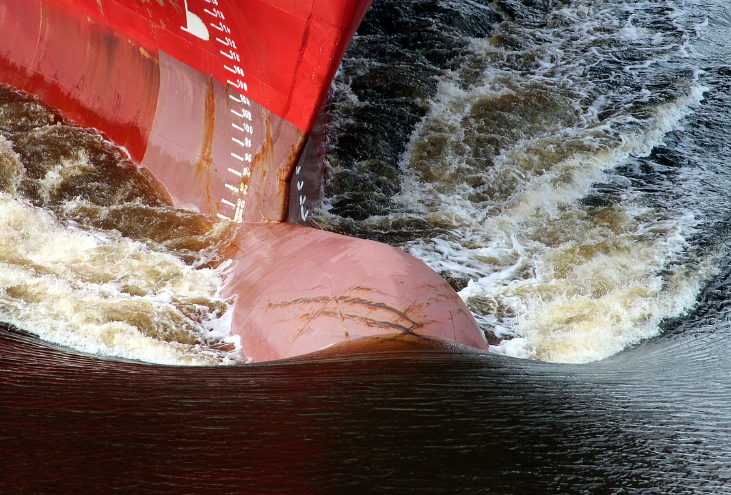Japan’s leading classification society, ClassNK, has released the latest edition of its Guidelines for Liquefied Hydrogen Carriers. This new edition, labeled Edition 3.0, aims to enhance safety measures and technical standards for vessels transporting liquefied hydrogen.
The guidelines have been developed to address the growing need for effective and safe transportation of this clean energy source.
The Importance of Liquefied Hydrogen
As the world continues to seek sustainable and clean energy alternatives, the demand for liquefied hydrogen has significantly increased. Liquefied hydrogen offers a high energy density and emits no harmful by-products, making it an ideal candidate for reducing carbon footprints. Efficient and safe transportation methods are crucial to harnessing its potential benefits.
Updates in Edition 3.0
The new guidelines focus on integrating the latest technological advancements and regulatory requirements. Key updates include enhanced safety protocols for handling and storage, new structural requirements for hydrogen carriers, and updated inspection and maintenance procedures. These updates are designed to minimize risks such as leaks and explosions, ensuring the safe transport of liquefied hydrogen across long distances.
Compliance and Implementation
Shipowners and operators must comply with these updated guidelines to transport liquefied hydrogen safely. ClassNK will provide support through certification, inspection, and advisory services to help the maritime industry adapt to the new standards. Implementing these guidelines is expected to foster better safety practices and increase the adoption of hydrogen as a viable, clean energy source.
